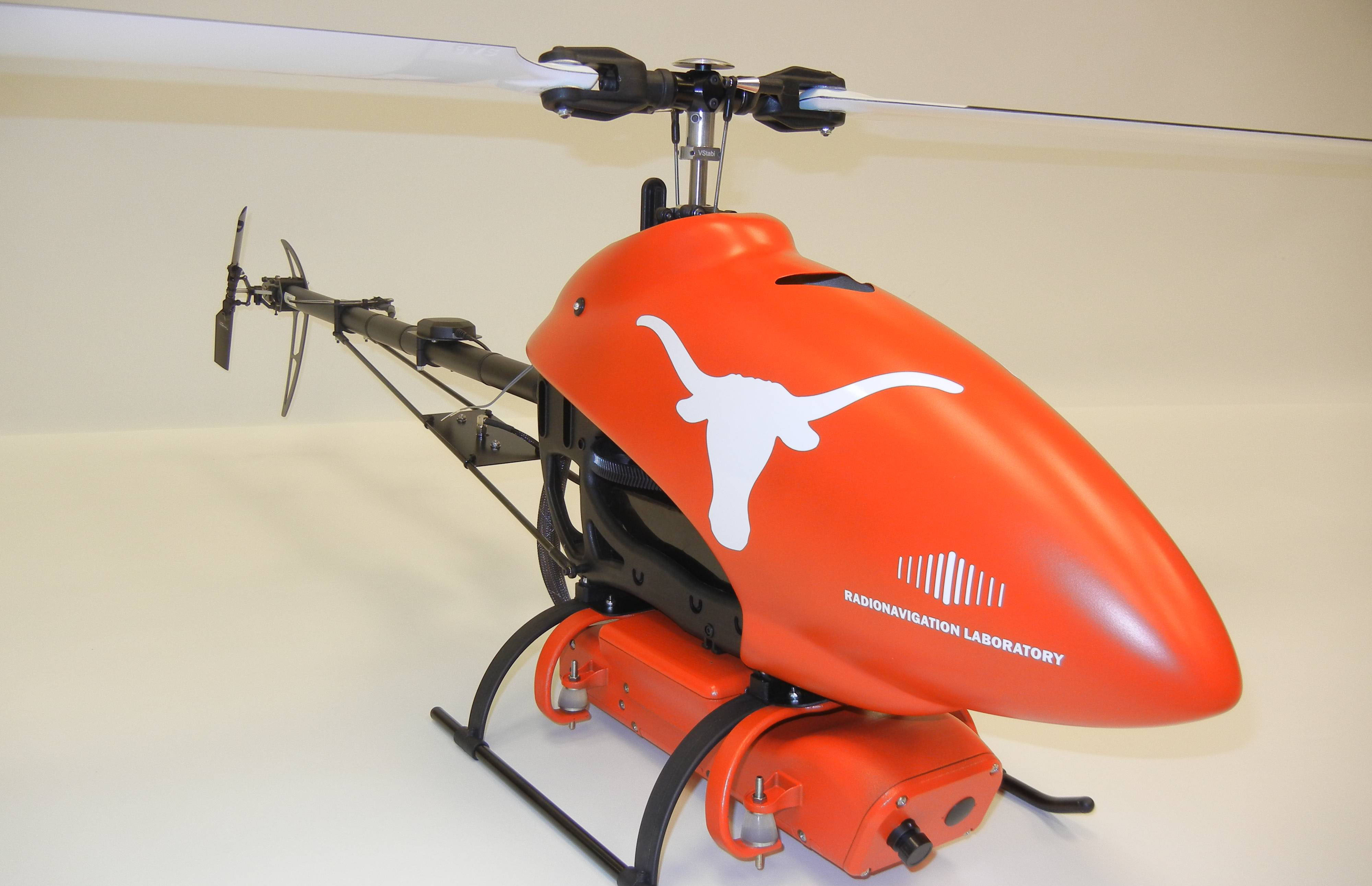The results of the research caused quite a storm on the internet as it was miss-reported (including by us) that the demonstration was performed on a military class drone. Much of this was due to an Invitation by the US Department of Homeland Security inviting the group out to White Sands Proving Ground. In the end the Drone was one bought by the university from an undisclosed source, but still one that is commercially available. We found out that in almost all cases ANY drone commercial or otherwise that is armed with offensive weaponry is automatically equipment with increased security including encrypted GPS systems. We could not verify if this was regulated or just common sense on the part of manufacturers, but it was still good to hear.
Now it seems that manufacturers are getting together to self-regulate (since our government is more concerned with policing the Internet…). They have presented a new code of conduct for companies that manufacture unmanned aerial vehicles. The question is, is this code of conduct enough to protest peoples’ privacy and also to ensure safe usage?
The Electronic Frontier Foundation does not think that it does and made it quite clear saying the voluntary code of conduct “does not go far enough to recognize the very real threat to privacy posed by surveillance drones flying in the U.S. and makes no actual and enforceable commitments to protect individuals' civil liberties and privacy rights”. We would have to agree with this completely as there is nothing in the document that provides for consequences to violating personal privacy.
Still manufacturers want these drones in US airspace as that opens up a whole new market for them. The FAA is also behind this push as companies accelerate their lobbying efforts to get this pushed through. Still there are safety and privacy concerns that must be addressed and from what we can see are still open. On big one (outside of the GPS Spoofing issue) is simply one of visibility. While there are ways to make drone appear on RADAR better, there is no way to make a 4-6 foot aircraft show up to a human eye in low visibility or even on a clear day. It brings up serious concerns for normal aviation.
This issue will be a big topic soon as both Google and Apple are already working on putting their own drones into play as they compete for better mapping services. With this being an election year, we wonder which side will win, the guys with the money or the voting population…
Photo Credit Univerity or Texas Radionavigation Laboratory
Discuss this in our Forum




